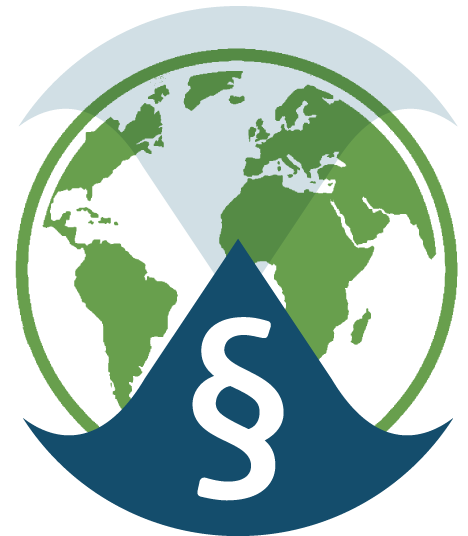The idea of using satellite images for environmental law enforcement has been around for more than 20 years. An article written on the subject in 1997 complained, already than, that even “twenty-five years after the first release of satellite data to the non-military sector, the technology remains greatly under-utilized by the legal community.” Discussing some of the obstacles that the technology faced at the time, Hodge mentioned reliability, accuracy, reproducibility, and cost.

Several authors have recognized the potential of Earth observation (EO) for environmental law enforcement since the late 90s. The expectations were high. The global monitoring was opening the doors leading to more effective environmental management. New avenues for civil society participation were becoming possible, as continuous and unbiased satellite observations could now provide measuring sticks with which to hold international actors accountable.
Davies, Hoban and Penhoet saw the importance of supplying satellite data and images to civil society groups and NGOs, as they could use these in their awareness raising and monitoring activities, for education and lobbying purposes, as well as to identify and prosecute violators of environmental law.
Moving forward, this aspect has again been underlined by Ray Purdy who claimed that “disclosure of pictures taken from EO technologies, showing environmental offences, could be a new cornerstone in contemporary rights to information and public participation”. Interestingly enough, he continues listing similar obstacles to the use of EO for environmental law enforcement to Hodge’s 22 years younger article. As the technical capabilities have improved and costs have fallen, he focuses on the obstacle that has perhaps changed the least: the lack of cooperation and awareness that would allow the technology to spread within the legal sector. He further emphasises the need for environmental lawyers to engage with experts in the EO field to ensure integration of the technologies.
These ambitions from the past 20+ years have unfortunately not come to full fruition and today there is still a lack of use of EO services for environmental law enforcement. “Being an innovation project, enviroLENS will work to tackle the remaining obstacle,” says Peter Langdahl, Ecosystem Management Project Officer at IUCN’s Regional Office for Eastern Europe and Central Asia. “By working in the field we will prove how beneficial EO services can be for environmental law enforcement. We aim to showcase ways in which EO images can be used as direct evidence, including in a court of law and in related contractual negotiations,” he announces.
Stay tuned!


low is the most important action to make people respect the Earth in danger
LikeLiked by 1 person